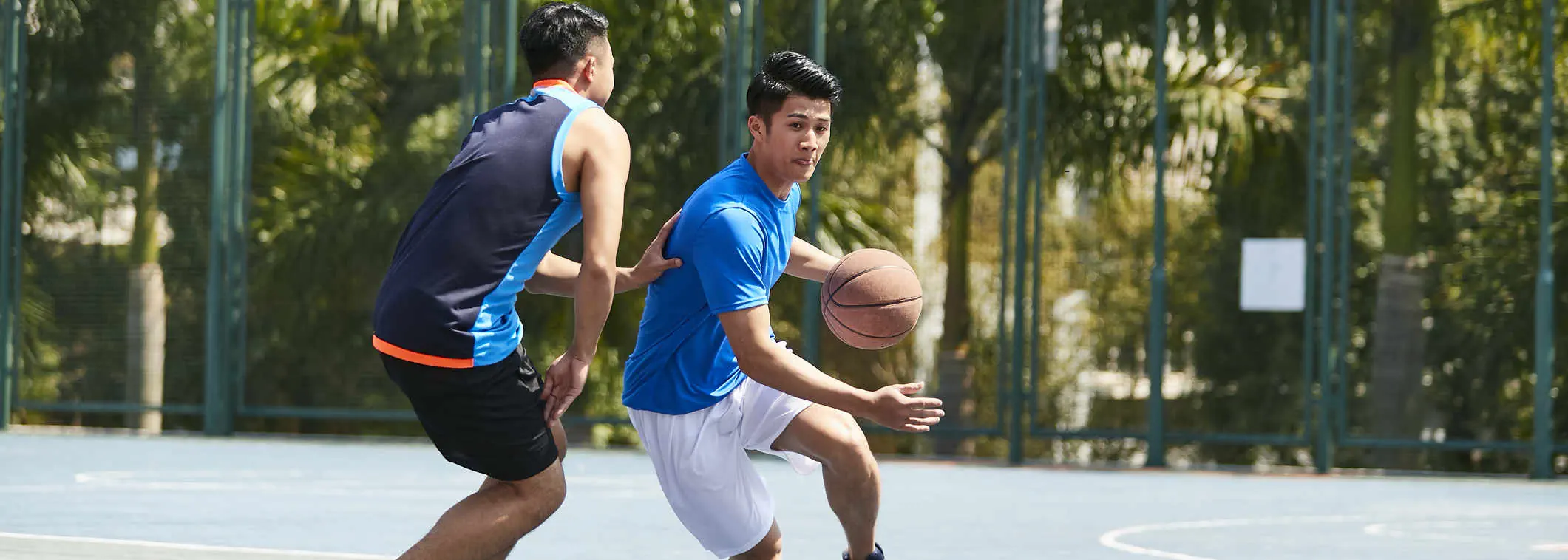The four main stabilising ligaments in the knee that connect the thighbone (femur) to the shin bone (tibia) are the anterior cruciate ligament (ACL), posterior cruciate ligament (PCL), medial collateral ligament (MCL), and lateral collateral ligament (LCL).
The anterior cruciate ligament (ACL) is located in the centre of the knee, and it controls rotation and forward movement of the shin bone (tibia).
An anterior cruciate ligament injury or an ACL tear usually happens without warning, especially when there is an abrupt stop or change of direction, or an awkward landing.

Anterior Cruciate Ligament (ACL) injury symptoms
The onset of the symptoms of an ACL injury is usually sudden.
Anterior Cruciate Ligament (ACL) injury risk factors
Anterior Cruciate Ligament (ACL) injury diagnosis
Your doctor would first question your general health and symptoms before conducting a thorough physical examination.
Diagnosis is made based on your reported symptoms, physical examination, and investigations.
In order to assess your knee function, your doctor ask you to move your knee in different directions. Imaging tests such as X-ray, MRI or ultrasound may also be done.
Anterior Cruciate Ligament (ACL) injury treatment options
Treatment for ACL tears include non-surgical and surgical options, depending on the extent of injury.
Non-surgical treatments
The initial non-surgical treatment for ACL injury is the R.I.C.E therapy (Rest, Ice, Compression, Elevation) to reduce knee pain and swelling.
Physiotherapy is then done to help restore knee function and range of knee movement, increase leg muscle strength, and knee stability.
Surgical treatment
ACL reconstruction surgery may be needed for severe ACL tears. This surgery is a minimally invasive procedure known as arthroscopy (keyhole surgery) and it is performed under general anaesthesia.
In an ACL reconstruction surgery, the orthopaedic surgeon will make several small incisions, inserts a tiny camera, and uses surgical tools to remove the torn ligament. The surgeon will then replace it with a piece of tendon taken from another part of your knee or from a donor. The tendon is secured to surrounding bones to enable new ligament tissue to grow.
What to expect after surgery?
Generally, you can go home on the same day. You will be given medications and you can use ice packs and elevate your leg to relieve post-operative pain and swelling.
Post-operative rehabilitation is also recommended to help strengthen the muscles around the knee and improve flexibility.
Recovery may take around nine months. Athletes may require a longer recovery time before they can return to athletic activities.
Make an appointment at Gleneagles Hospitals
If left untreated, an ACL injury can significantly impact a person’s level of activity and performance. Symptoms such as pain, swelling, and instability could restrict participation in sports.
If you suspect you might have an ACL injury, get in touch with us to find out more about our Orthopaedic Services at your nearest Gleneagles Hospital.
Gleneagles Hospital works with orthopaedic specialists to assist patients through diagnosis and treatment. The caring and multidisciplinary team of healthcare professionals are available for consultation and to provide the best care.

Wait a minute